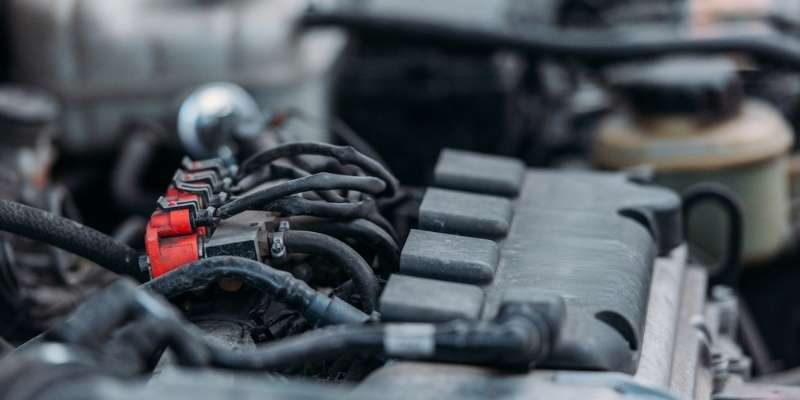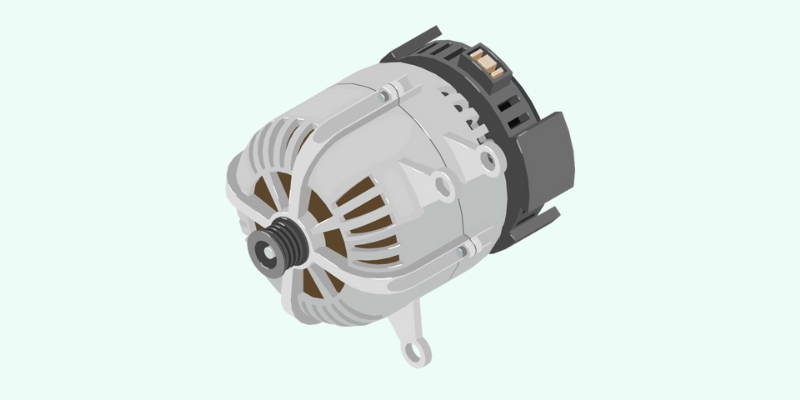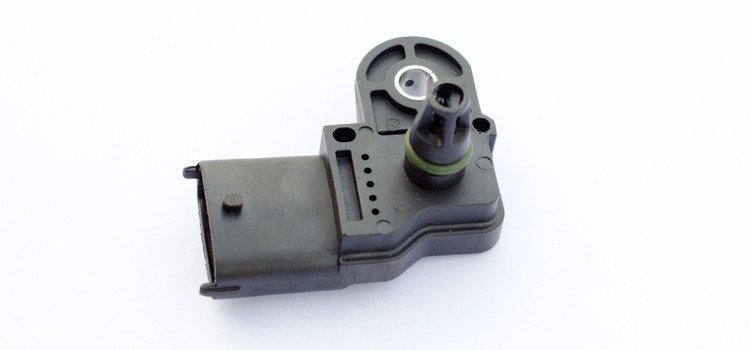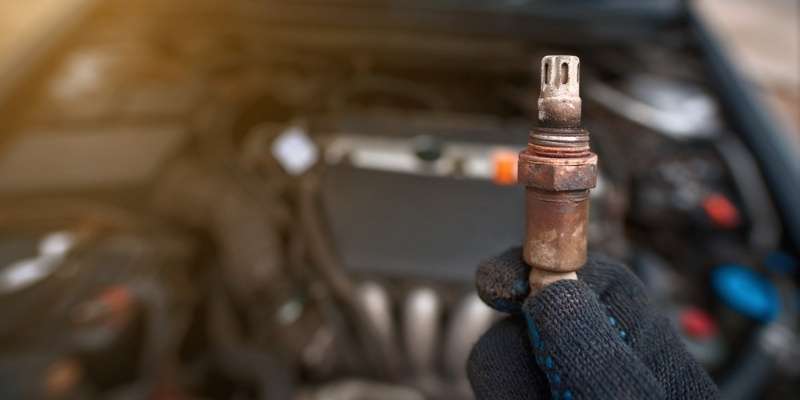While every part of a vehicle is important, some are extremely important. One such part is the engine. If a car’s engine totally goes bad, your car won’t even start.
For this reason, Ford ensured that its 4.2 V6 engine was problem-free and served users’ needs. The purpose of building this engine was to eliminate the old gasket issues and prolong engine life.
However, this plan didn’t work as projected as there were many reported problems with the engine. This affected Ford’s reputation causing Ford to outface the engine in 2008.
These problems are very common, and chances are you may be aware of them. If, however, you’re not, this article will be highlighting the 4.2Ford V6 engine problems.
Common Problems of the 4.2L Ford V6 Engine
The Ford 4.2 engine, also called the Canadian Essex engine, was first released in late 1996 with the hope of totally eliminating old gasket problems and enhancing durability. It, however, didn’t go as planned. So, here are the common issues associated with the 4.2 Ford V6 engine.
Oil pan gasket issues
Your car’s engines comprise many components that allow oil to flow through them.
However, to ensure the oil stays within the engine, each engine component has seals between them. One of these seals is the oil pan gasket; it helps keep engine oil from leaking out of the engine.
This seal will eventually wear naturally after running certain distances. However, the Ford 4.2 liter V6 engine was known for having its oil pan gaskets wear quicker than normal.
When the seal becomes bad, you will experience leaks under your vehicle and smoke emanating directly from the engine or tailpipe. You will also notice an unusual decrease in oil level and engine overheating.
Exhaust manifold leaks
The exhaust manifold is the first segment of the exhaust system and seats directly on the engine block. Its job is to channel exhaust fumes from all the cylinders and hoses to the catalytic converter. The Ford 4.2 V6 exhaust manifold, however, deteriorates quickly and causes many problems.
When the exhaust manifold leaks, you will hear some ticking noise, especially when the engine is cold. Though a broken exhaust stud can also cause this noise.
Other symptoms of exhaust manifold leaks include a burning smell from the engine bay, gas pedal vibration, and the presence of exhaust gases in your cabin.
You will also notice performance issues such as loss of power and reduction in acceleration and fuel economy. Unless you diagnose and fix it on time, you may soon face a complete engine failure.
Oil pump issues
The oil pump is responsible for pumping oil from the oil pan onto the bearings. Usually, the oil pump lasts long, and drivers may never need to change it.
But this isn’t the case for the oil pan of the Ford 4.2 V6 engine, as it spoils quickly.
A bad oil pump will often lower your oil pressure causing the check engine light or oil light to turn on. To be sure, check the oil dipstick level and top if it’s low; the lights should come off.
If the lights don’t turn off, the low oil pressure may not be the issue. Other symptoms of a bad oil pump include an increase in your engine’s operating temperature, a noisy valve train, and unusual oil pump noise.
Timing cover gasket issues
The timing cover gasket protects the timing belt/chain attached to the camshaft or crankshaft, allowing the engine valves to open and close at the appropriate time during internal combustion.
The cover gasket also serves as an air-tight seal and helps deter dust from entering the engine.
Ford’s engine timing gasket cover will not be able to do this as it’s known to go bad quickly. One of the most common symptoms of a bad timing cover is your car stopping abruptly.
You will also notice oil leaking from the middle of your car, rough idling, and the illumination of the check engine light.
Intake manifold gasket problem
Another common problem of the Ford 4.2 V6 engine is the intake manifold gasket. This issue is common among versions using lower gaskets before 15th January 1998.
To avoid this, Ford made versions after 15th January 1998 with a thicker gasket. This thick gasket further enhances a tighter connection between the engine and manifold.
This intake manifold gasket will usually help your engine prevent oil leaks. However, when it gets bad, you will experience high engine temperature and coolant leaks under your car.
Your car will also experience a change in fuel color and engine backfiring due to an incorrect air-fuel ratio.
These symptoms are not too eminent and are often difficult to diagnose. Hence, a professional mechanic should do the diagnosis to detect the problems.
Don’t stop there; ensure you carry gasket replacement when needed.
Other Known Ford 4.2L V6 Engine Problems
Aside from the issues listed above, the engine is also known for having
- Suspension problems
- Rough downshifting
- Whining noise from the rear
- Seal leaks from the rear
These problems may not be serious; they, however, could result in other problems over time.
FAQs
How long does the Ford 4.2L V6 engine last?
Which Ford vehicles were outfitted with the Ford 4.2 V6 engine?
How many quarts of oil can the Ford 4.2 V6 engine take?
How much horsepower does the Ford 4.2 V6 engine have?
Is the Ford 4.2 V6 engine good?
Final thoughts
Looking at the 4.2Ford V6 engine problems, it is understandable why anyone would want to avoid it. But comparing it to other engine options from Ford, it isn’t that bad, but just on average.
And there is truly hope for those whose Ford is equipped with this engine and others who may want it.
Here is what to do. Be conscious of those symptoms listed above and, most especially, act immediately when you notice them. Leaving these problems to linger can result in total engine failure.
We need not tell you what it costs to replace or rebuild an engine. Even Jeff Bezos wouldn’t throw money away like that.










